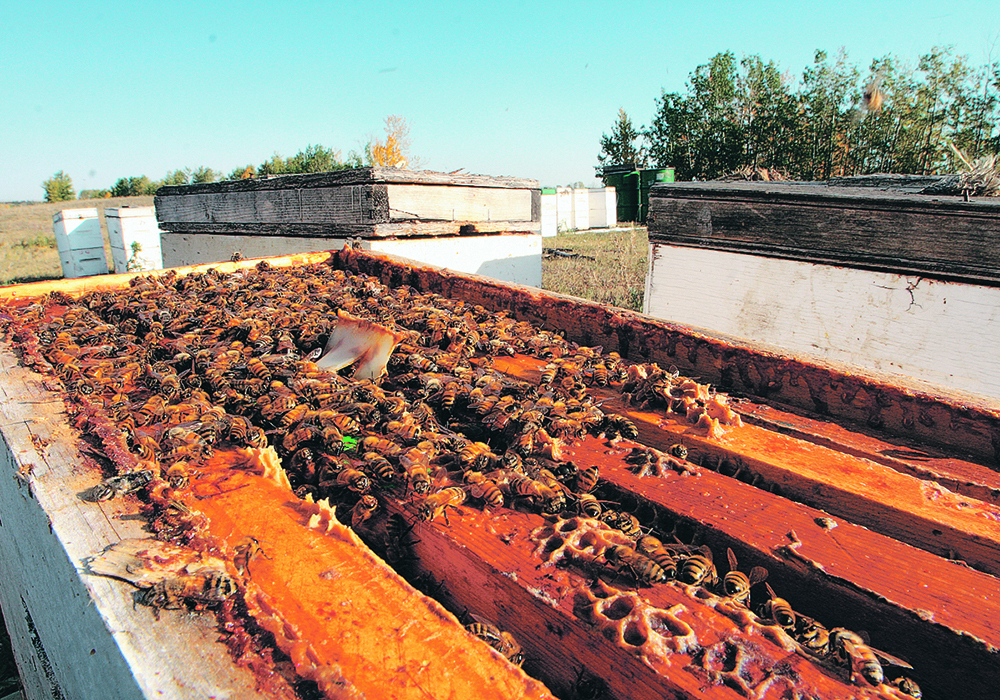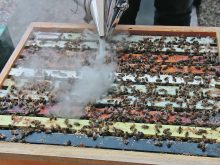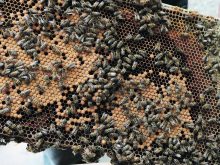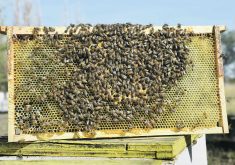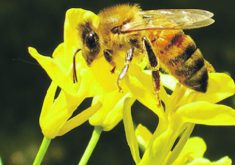Honeybees have a reputation for hard work, but not all their activity is honest work.
When food is needed, some bees will invade another hive and steal whatever is available. In the world of beekeeping, they are known as robber bees.
“Robber bees are regular honeybees that invade another beehive and steal honey. They open capped cells, eat as much honey as they can, and fly back to their beehive,” says beekeepclub.com
“Honeybees love hoarding resources…. A honeybee colony will look for nectar or honey from any source they find near them. As a result, any poorly guarded beehive is fair game for them.”
Read Also

Forecast leans toward cooling trend
July saw below average temperatures, August came in with near to slightly above average temperatures and September built on this warming trend with well above average temperatures for the month.
If robber bees steal too much honey from a particular hive, that colony of bees can fail.
A larger problem for beekeepers is that robber bees can spread disease and pests from hive to hive. That includes the spread of varroa mites and genetic resistance to miticides.
A robber bee could invade a hive and come in contact with a mite that is resistant to a miticide. When it returns to its home colony with the stolen honey, it may introduce that mite into its healthy hive.
Thus, robber bees spread resistance to miticides from colony to colony.


